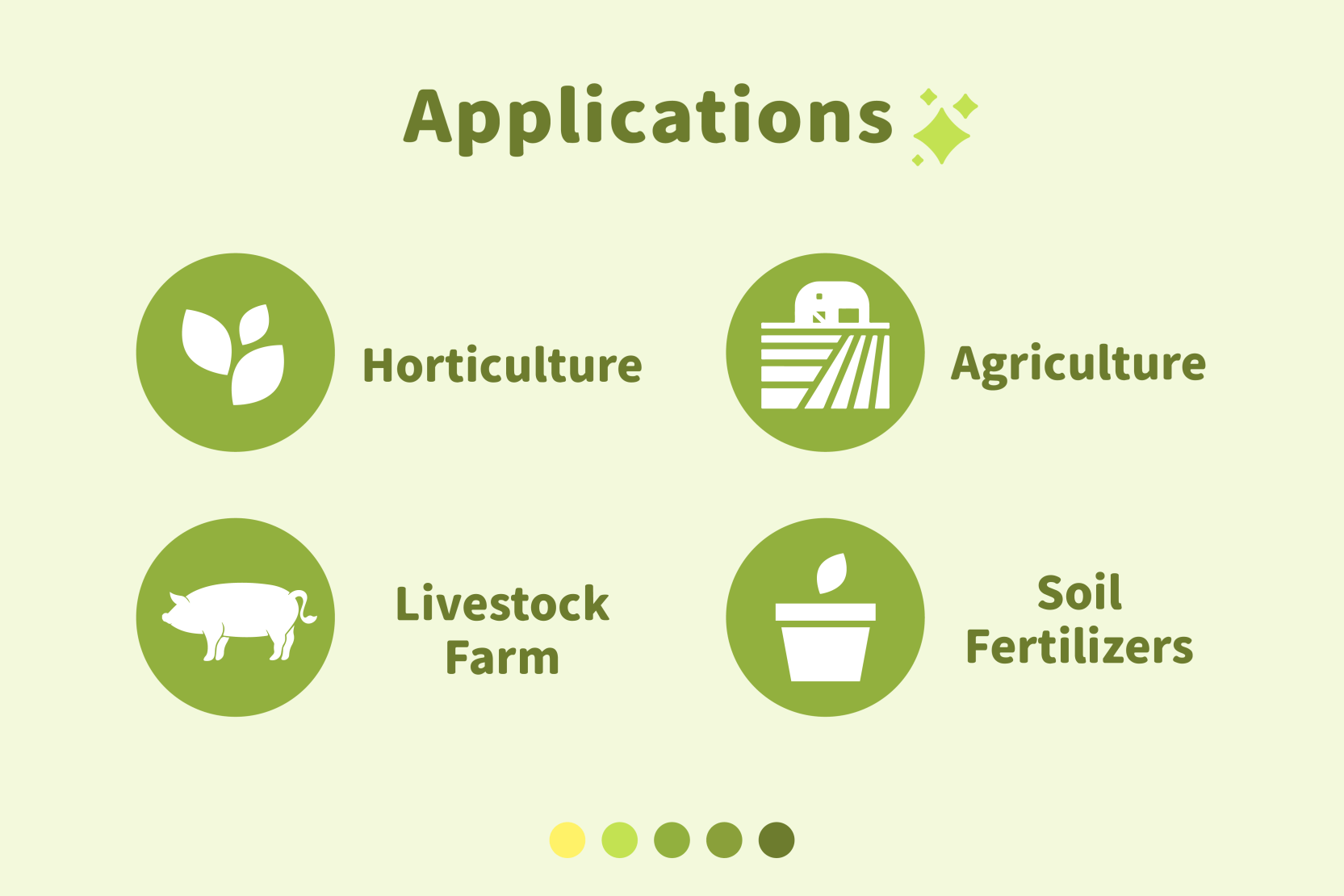
The power that our solution has in assisting the productivity of agriculture and environment, making the lives of many farmers more easier.
O2 ‧ CO2 ‧ NH3 ‧ H2S ‧ CH4 ‧ Temp. & Humidity ‧ Wind
Agriculture
Green ‧ Sustainable Agriculture
Agriculture is the core industry of our world. We have had to find smarter, safer and more efficient and environmentally friendly ways of farming for the future.
According to the survey results of the Ministry of Agriculture in Taiwan, "Our country's agricultural sector's greenhouse gas emissions in 2020 were approximately 6.322 million metric tons of carbon dioxide equivalent (MtCO2e), accounting for approximately 2.22% of the country's total emissions. The emissions mainly came from agriculture, animal husbandry, forestry, and fishery."
From above, it can be seen that the gases produced in agriculture, forestry and fishery are closely related to the environment. Gases have their own characteristics. Through overlapping, blending, and chemical reactions, they can produce different results. They can also harm the environment and even form greenhouse gases and toxic gases. Since it is related to the general environment, its gas emissions and safety must become the solution. Smart Bridge Information's 5 Gas Detectors Series offers gas analyzers and detection systems that help improve process analysis and site and employee safety.
In response to the diversified smart pig raising system solutions, we continue to develop environmental control technology and gas detection projects, and will continuously create the development and design of five gases in 2023 to provide global agricultural, animal husbandry and related customer solutions. We' re fully devoted to the market development of smart agriculture and sustainable agriculture.
"We are all ignoring the potential negative impacts and harms." In fact, in pig-raising farms, the gas emissions of "wastewater and excrement" have the greatest impact, because pig excrement will be accompanied by harmful or toxic gases, including ammonia (NH3), methane (CH4), hydrogen sulfide (H2S) and other polluting greenhouse gases. If prevention and control are not continued, it will hit hard beyond the farm, affecting climate, biodiversity, water resources, resulting in air pollution in the atmosphere.
Therefore, in order to cultivate a favorable breeding environment, reduce environmental damage, and solve the emission related remediation decisions caused by farms, we are bound to move towards a systematic planning model, gradually establish good feeding management, solve the problems and dilemmas faced by the agricultural and livestock industry, and stabilize the trend. We must promote permaculture and the future of sustainability.

We has developed corresponding solutions for the following five gas emissions.
Knowing These 5 Secrets Will Make Your Livestock Farming Look Amazing!
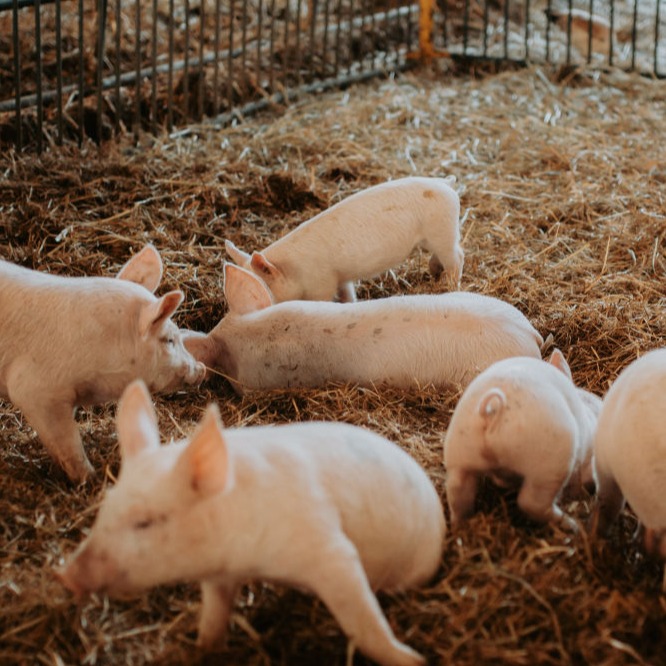
Excessive gas concentration in livestock farms or barns will directly affect the respiratory tract and physical health of pigs. In severe cases, it can cause inflammatory reactions and infections, leading to illness, infection, death, etc... Therefore, in the breeding plan, in addition to relying on inherited experience, AI automation and data tracking model can be used to adjust future breeding strategies to achieve perfect and healthy cyclic feeding management.
When visiting the environment of a pig farm (house), the smell is the first thing to hit, but have you ever thought about why the smell is so harsh and never dissipates? If it is winter, the pig farm (house) will lower the intensity of air flow in order to maintain the indoor temperature. In this way, the resulting odor molecules (concentration) will be greatly increased. Although this is just one case, how to respond is also the first to bear the brunt.
When raising pigs, the main gases produced by pig farms are:Ammonia(NH₃), Methane(CH₄), Carbon Dioxide(CO₂), Oxygen(O₂), Hydrogen Sulfide ( H₂S )
1
❚ Generally produced from the decomposition process of pig excrement or faces.
❚ Ammonia is a volatile gas. Higher concentrations of ammonia may have a negative impact on the respiratory system of pigs, causing breathing problems. In addition, high concentrations of ammonia may also affect air quality and the environment.
2
❚ From the fermentation process of pig waste or manure and the decomposition of other organic matter.
❚ The production of higher concentrations of methane may increase the risk of fire in pig farms. In addition, methane is also a greenhouse gas, a highly flammable, suffocating gas that has potential impacts and harms to the climate and environment.
3
❚ Usually produced from pig respiration and the combustion process of other organic matter.
❚ Higher concentrations of carbon dioxide may cause a decrease in oxygen concentration in the air, which can have a negative impact on the respiratory system and growth processes of pigs. In addition, carbon dioxide is also a greenhouse gas, and like methane, it has a certain impact on the climate envirnment.
4
❚ Mainly from oxygen in the atmosphere.
❚ If the oxygen concentration in the air is low, it will increase the risk of pigs becoming hypoxic and in severe cases, it will affect the growth and health of pigs. Therefore, proper oxygen concentration is key to ensure air quality and safety within pig farms are within limits.
5
❚ Generally occurs in the decomposition process of pig feces.
❚ High concentrations of hydrogen sulfide are a toxic, colorless and flammable acidic gas that can cause severe respiratory problems for pigs and in severe cases, death. In addition, hydrogen sulfide is highly volatile and potentially harmful to humans and the environment.
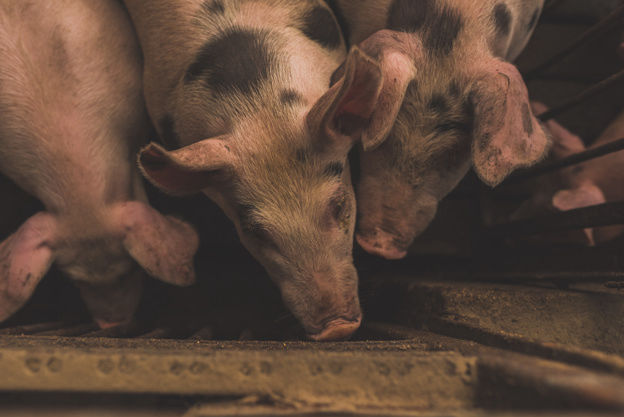
We offer several easy-to-use gas detection solutions for use within agriculture, which are presented below. If you cannot find a solution to your requirements then please get in touch. We would be delighted to assist you with a bespoke solution to meet your requirements.
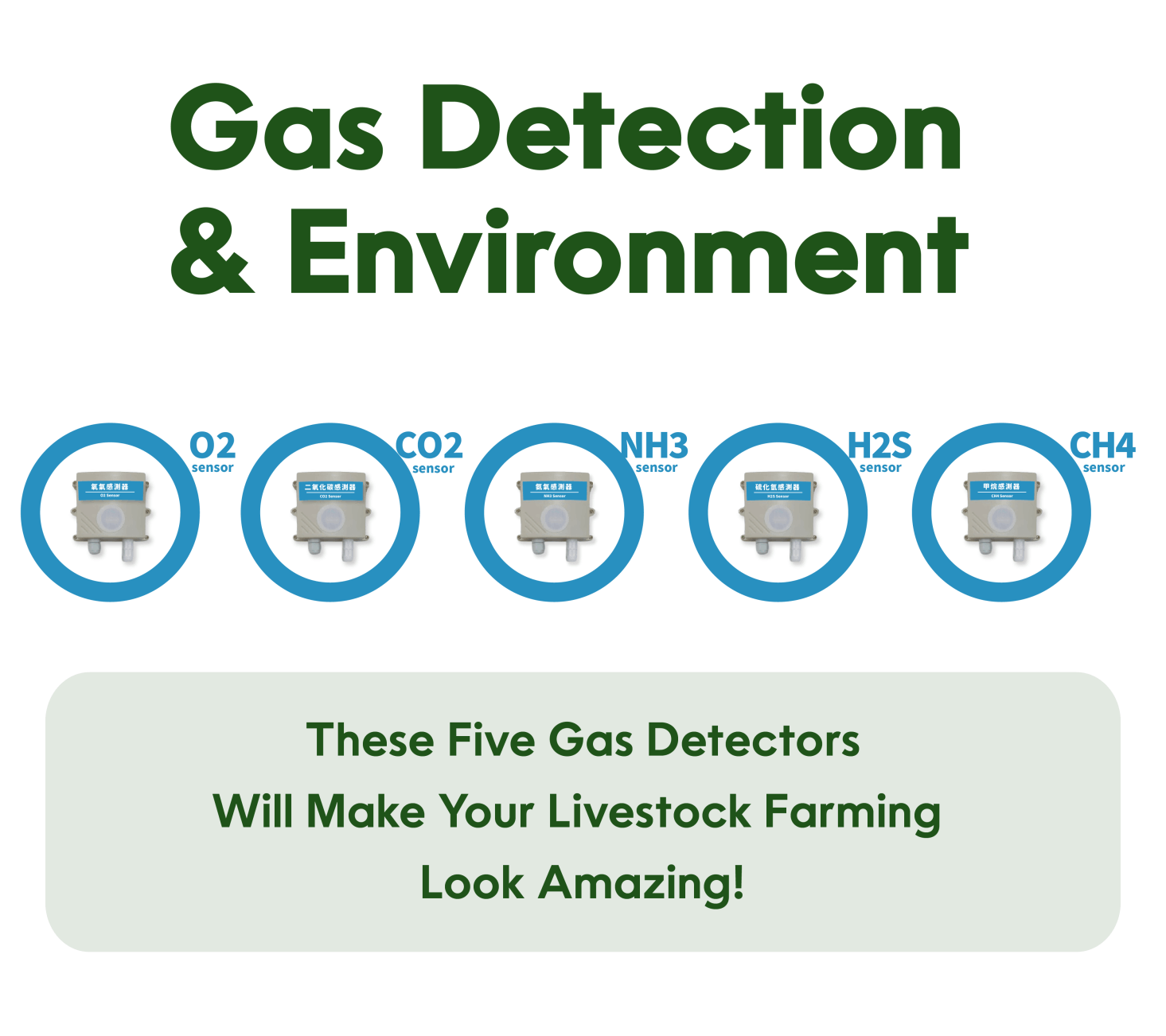
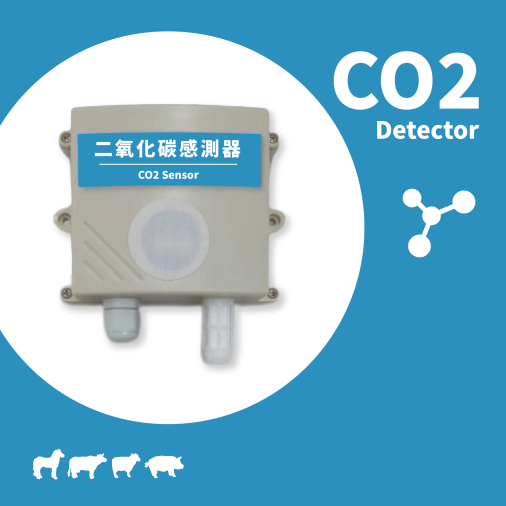
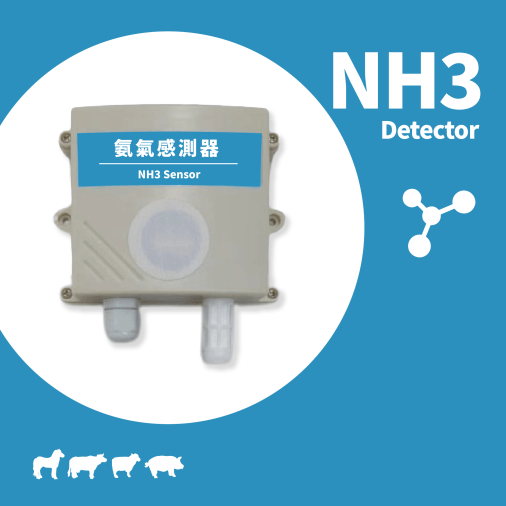
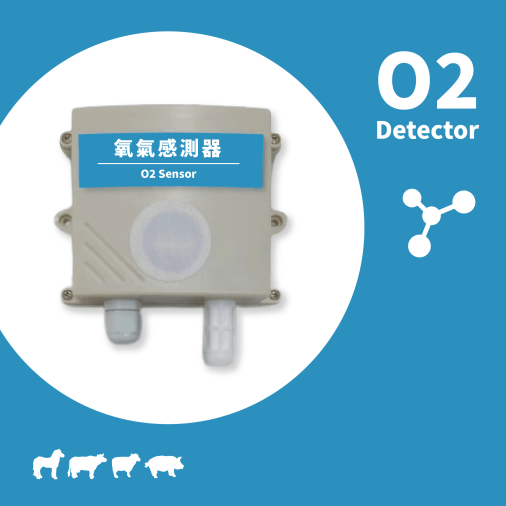
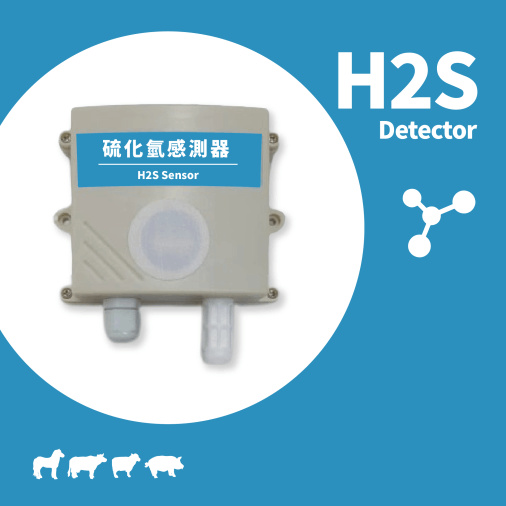
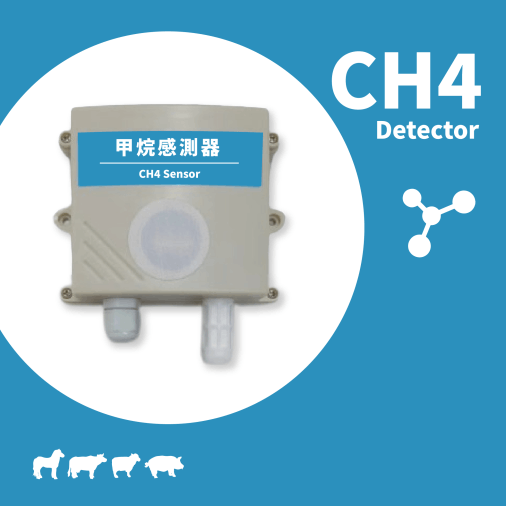
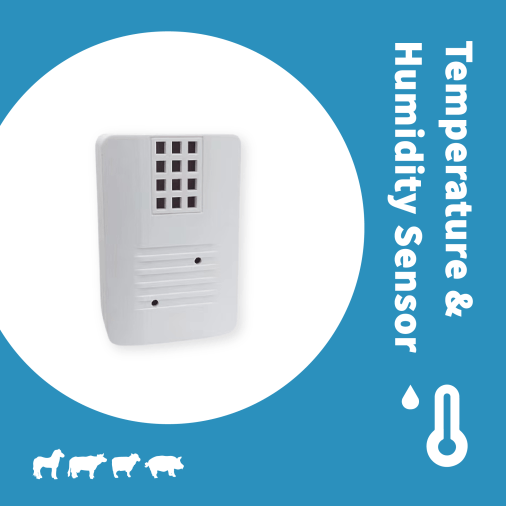
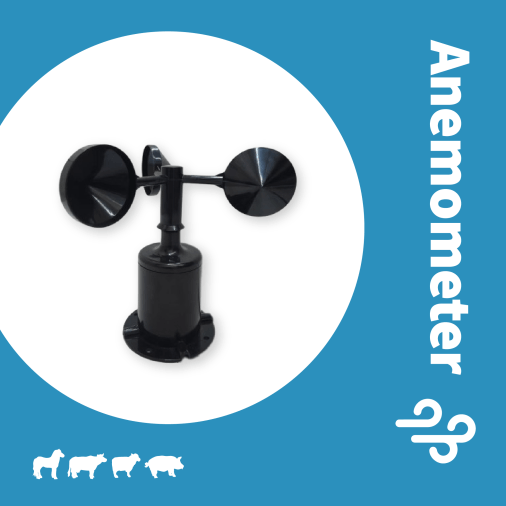

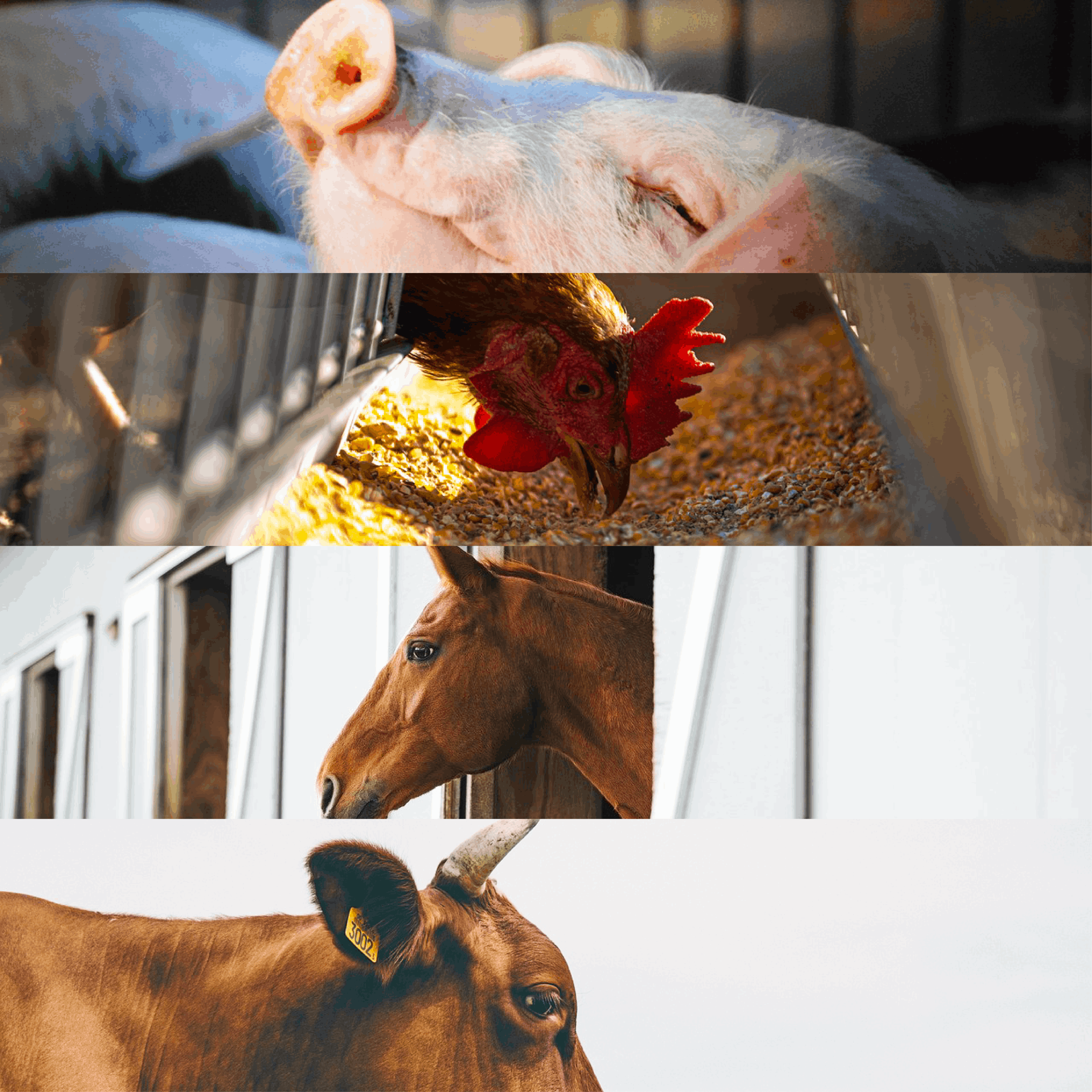
Mobirise site software - Get more